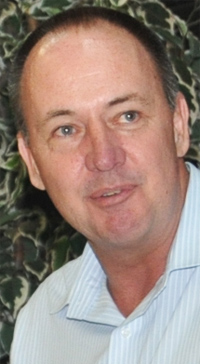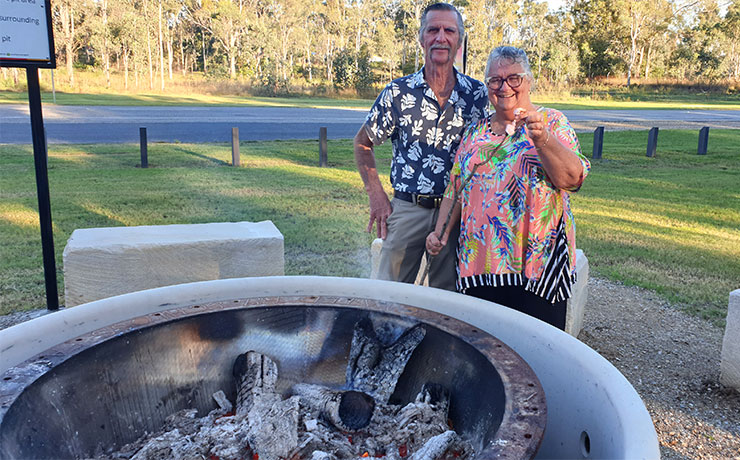
May 23, 2014
The canteen at the Kingaroy TAFE campus has been permanently replaced by a mobile food van service and drink vending machines, it was confirmed today.
After receiving complaints from students, southburnett.com.au approached the TAFE in regards to changes that have occurred at the Kingaroy campus during the amalgamation process between the Southern Queensland Institute of TAFE and the Bremer Institute of TAFE .
Also closed is the campus library.
Institute Director Trevor Schwenke said today learning resources previously provided through the library would “continue to be available to Kingaroy students in classrooms and through a new learning hub”.
“We will shortly commence partial refurbishment of our location at Kingaroy,” he said.
“Once completed, students will have access to a new learning hub which will feature internet-enabled computers. The refurbishments will create a place where students can go to focus on their studies.
“Students will also be able to reserve resources to be sent to them from our other TAFE Queensland South West locations.
“While there is no longer a physical canteen at Kingaroy, local business Moonya Street Store has been engaged to provide a mobile food van service which visits the campus at morning tea and lunch during the week.
“New beverage vending machines have also been installed at the campus.”
Mr Schwenke said the amalgamation and unification of the TAFE network meant the benefits of each institute could be harnesssed to provide customised training and education, with customers receiving continued quality training across the region.
“Our students can expect to continue to receive outstanding services, just with a wider scope of delivery,” he said.
“Training delivered in the workplace will be expanded and students living in Kingaroy will be able to take advantage of increased online delivery, enabling them to study programs without needing to travel to other locations.
“The campus at Kingaroy will continue to play an important part in the delivery of training to the region.
“With an increase in student demand for training modes other than on-campus, changes have been made to the way in which students access specific services.”
- Related article: New Name For Local TAFEs

























